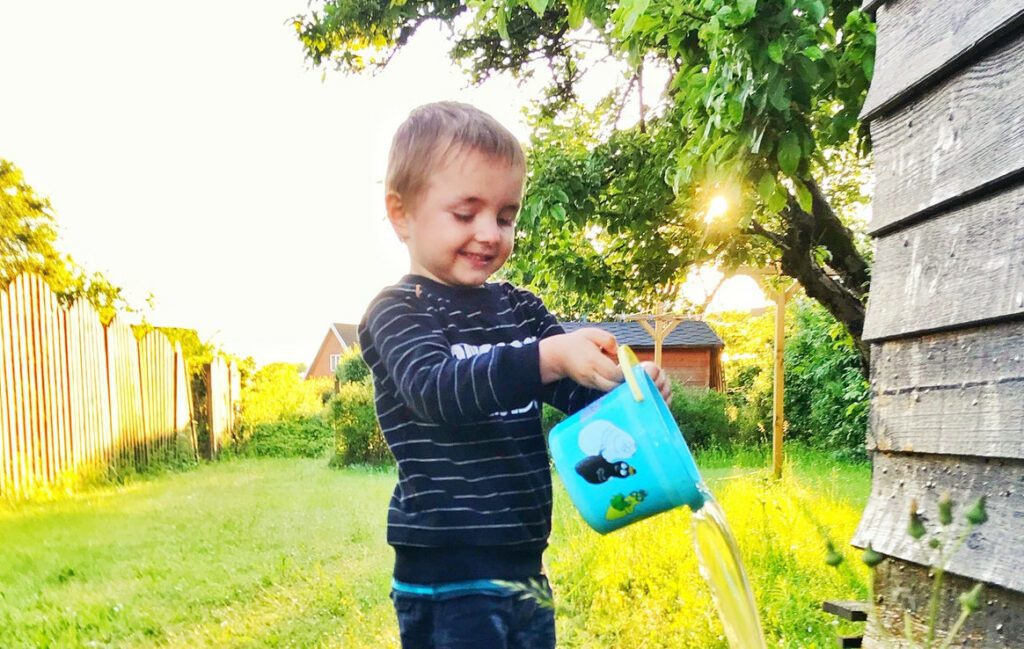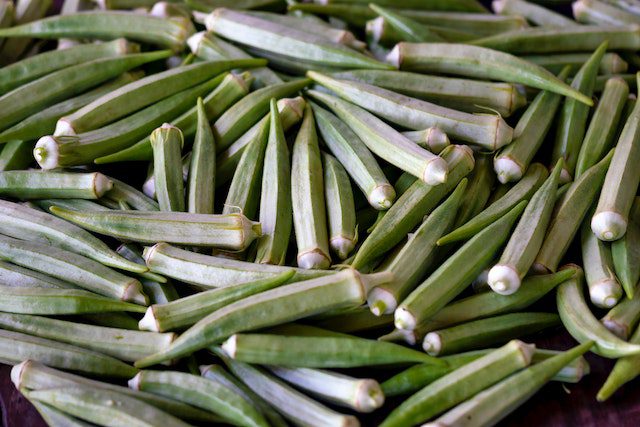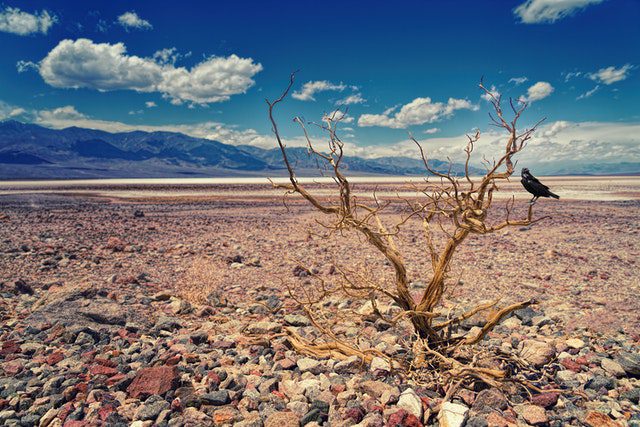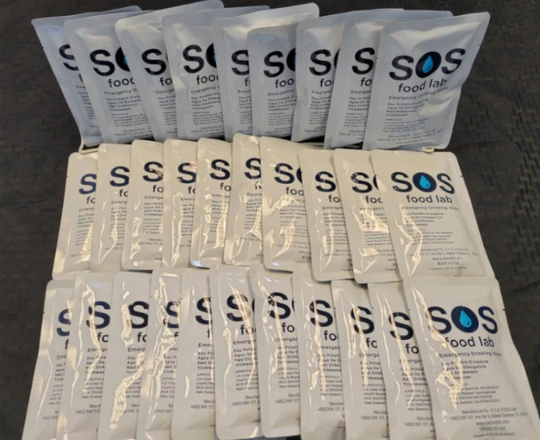Climate change is having an unprecedented effect on our planet, bringing warmer temperatures and less rain than ever in recorded history. About 41% of the United States is currently experiencing drought conditions – and there’s no sign that things will be getting better soon. With that in mind, the best thing you can do is prepare for drought conditions to last!
How can you and your loved ones survive in a drought? Here are just a few tips to help you prepare for a world with less water.
Use Greywater in Your Home
So many appliances in your home use water: your shower, your dishwasher, your toilet, and so much more. But too often, much of that water goes right down the drain! One great way to conserve water and thrive in a drought is to catch and store as much as you can.

Stick a bucket in your shower to catch any extra water before it hits the drain. Then, use that water to flush your toilet (just pour it in the bowl and the toilet will flush on its own), wash your hands, or even water your plants! This greywater – the official term for used water – will help you save gallons every day, which is critical in a drought.
Plant a Drought-Resistant Garden
The drought is currently affecting over 171 million acres of crops in the U.S., so it’s safe to assume that American food production is going to decrease in the coming years. Therefore, you might want to consider planting a garden to feed yourself and your family.
But how can you grow a thriving garden without using excess water? Consider a drought-resistant garden. Crops like artichokes, sweet potato, eggplant, peppers, and some watermelon can thrive in drought conditions. If you water in the late evening or early morning (after 9 pm or before 6 am), you can avoid evaporation and help your plants succeed.

Plan for Dust Storms
Less water means more dust – and the rise in dust storms across the country have shown us just how that dust can affect our health. Research shows that respiratory diseases and visits to critical care increase after dust storms, so it’s important to prepare for these events.

Try your best to avoid exposure during dust storms by staying indoors and keeping windows closed. If you must go outside, cover your nose and mouth with a mask or damp cloth. And if you encounter a dust storm while driving, be prepared to pull off the road as soon as visibility drops.
Unfortunately, we cannot control drought conditions. But if you plan appropriately, you can protect yourself and your loved ones from suffering the negative effects of drought in your area.
Water for your Emergency Kits
Drinking water is vital to have on hand for disaster and emergency situations. Make sure you have at least 1 gallon of water per person, per day for a minimum of 3 days. Our potable and portable SOS Food Lab water pouches are perfect because they’re easy to open, easy to store anywhere and have a shelf life of 5 years.

